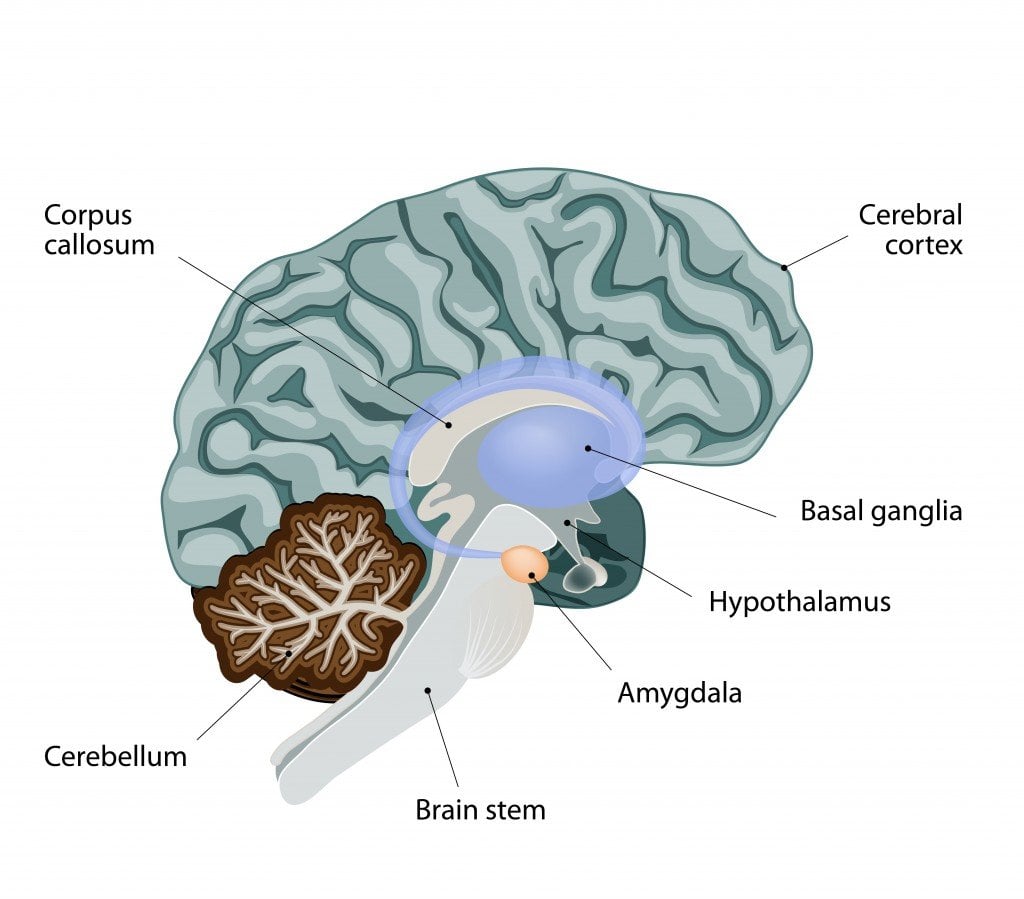
To make a change we need action. It’s cliche, but it actually touches on four key points of learning, backed by good science: 1. A good way to think about all of this starts with a phrase we’ve all heard before: your brain is like a muscle. Because if you reshape your legs, you have to reshape your brain to handle the new stuff.Neuroscientists say, what fires together, wires together. Intelligence, creativity, emotion, and memory are a few of the many things governed by the brain.New research provides insights into why the brain is so reliant on sugar to function.So when you exercise and get bigger muscles, those muscles are also communicating with the brain. Anatomy of the Brain Overview The human brain is an amazing three-pound organ that controls all functions of the body, interprets information from the outside world, and embodies the essence of the mind and soul.
Ryan, a professor of biochemistry at Weill Cornell Medicine. The findings suggest that the brain uses the same process to produce energy on demand as muscles do during exercise, and raises a puzzling question of how the glucose-regulating hormone insulin affects brain function.“We are at the beginning of understanding how brain cells are using fuel and how they try to regulate what fuel is for, which is making ATP,” said the study’s senior researcher Dr. 19 in Neuron, a research team led by Weill Cornell Medicine investigators discovered that brain cells recruit a specific sugar, glucose, to fuel the transmission of electrical signals that enable people to think, breathe and walk. What is the gray matter and white matter Gray and.In a study published Jan. It contains blood vessels and nerves, including neurons and glial cells.
But the biochemical mechanism explaining why the brain is so vulnerable to glucose deprivation remained unclear.In their study, the researchers found that “exercising” synapses regulate production of ATP by putting more copies of a molecule called Glut4 on their surfaces to take up additional glucose in response to activity. Ischemic stroke terminates blood flow to the brain, depriving brain cells of the glucose and oxygen they need to function properly. Too much insulin can cause blood glucose levels to drop too far too fast, resulting in seizures and diabetic coma.
Ghazal Ashrafi and their colleagues determined that the vulnerable point in synapse function was in a process called endocytosis, which is necessary to rebuild synaptic vesicles after they release a neurotransmitter. “‘Exercising synapses,’ or active synapses, mobilize glucose transporters and put them on the surface of the synaptic membrane so that the synapse will take up more glucose in response to activity and, in turn, then use the glucose to power the synapse.”Dr. Glut4 also goes to the surface of exercising muscle cells, where glucose is converted to ATP to help power the muscle.“We discovered that synapses are a lot like exercising muscle,” Dr. Insulin, for example, triggers Glut4 after a meal to mobilize to the surface of fat and muscle cells, signaling them to store excess glucose released after digesting food.
The same enzyme detects the energy imbalance in a muscle cell that exercises where its activation also leads to the insertion of Glut4 onto the muscle cell surface. The enzyme, AMP-activated kinase (AMPK), acts as a metabolic sensor in many types of cells in the body to monitor subtle changes in energy balance. Ryan’s team discovered that as synapses begin to do work, they activate an enzyme to trigger the insertion or more copies of Glut4 on the cell surface.



 0 kommentar(er)
0 kommentar(er)
